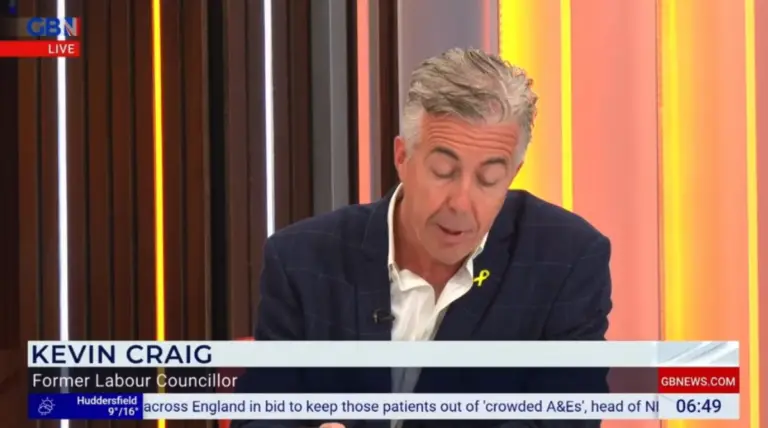This week, another set of announcements has highlighted the gulf between the attention paid to health and care systems, the quality of care people receive in a crumbling system, and the toll this all has on an underpaid, undervalued, and unequally represented workforce. Together, they highlight a system lacking alignment between policy intent and lived reality, and between political ambition and health and care worker morale.
A system forgetting its people
The Care Quality Commission (CQC) has released its latest report, “Health and Social Care Support for People with Dementia”, drawing its findings from engagement with individuals living with dementia, their carers, and from a broad analysis of care provider data.
The report reveals that people with dementia often experience fragmented and inadequate care. Many feel compelled to seek out community and charity support groups themselves, indicating a lack of coordinated support, adequate sign posting, and access to care provision.
Health and social care professionals do not always understand the specific, personal care needs of people with dementia, and care environments like hospital wards and care homes often fail to support individuals’ holistic wellbeing.
Staffing challenges are particularly acute too, with the CQC reporting that as the proportion of people with dementia in a care home increases, staff-to-person ratios decrease, staff turnover increases, there are fewer qualified staff, and fewer staff have named supervisors.
PULL – There are 20% more staff per person in care homes where fewer than half of people have dementia than in those where most have dementia. CQC, 20th May 2025.
Doctors’ discontent over pay award
It was announced on Thursday that all NHS workers, including doctors and nurses, will receive “real terms” pay rises, funded by NHS efficiency savings.
Having agreed with the independent pay review bodies recommendations and offered more than the 2.8% rise the Government had expected and planned for, the Health Secretary must have felt he’d done enough to avert damaging strikes that would undermine the Government’s positive progress on waiting times.
Indeed, the Government’s press release trumpeted that this is the second year in a row there has been an above-inflation pay rise for NHS workers in recognition of “their hard work in rebuilding our broken NHS”.
Consultant and GP pay will rise by 4%, Resident Doctor’s by 5.4%, and Agenda for Change staff by 3.6%.
Yet, the pay award was met with an anger from the BMA, as they highlighted the 4% award is below the rate of RPI inflation, which (as of Wednesday’s ONS announcement) stands at 4.5% (CPI inflation, meanwhile, stands at 3.5%).
The BMA further criticised the failure to address the ongoing issues of workforce retention and morale, and the historic erosion of Resident Doctor pay.
The BMA was already due to open a ballot for strike action next week – in part linked to pay, and in part linked to a dispute over whether British medical graduates should be prioritised for training places over international recruits.
Yet, with the pay award being poorly received there is now a renewed risk of industrial action, a headache the Health Secretary, and an NHS in the midst of a major reform programme, can ill-afford.
A tale of two systems, not one coin
Notably absent from this week’s pay announcement was any pay uplift for the social care workforce – 72% of whom report that they do not feel financially secure, according to a new research report from the Care Workers’ Charity.
It’s a far cry from the mantra that health and care are ‘two sides of the same coin’.
While most care workers are employed by independent organisations, as NHS Agenda for Change pay increases, so too does the gulf between the average care worker and their peers working as NHS Healthcare Assistants. We should therefore look out for whether this leads to a worsening of care worker turnover and vacancy rates, as workers swap care for increasingly better-paid health roles.
This discrepancy is particularly stark in the context of dementia care, with workers on the frontline receiving pay that remains disconnected from the complexity and emotional toll of the work they do.
Without a coherent national funding plan, local authorities, who commission 71% of care services, are unable to raise wages or invest in training, even when they recognise the need.
Yet, such a funding boost becomes increasingly unlikely when, despite benefitting from sizable pay awards, sabre rattling doctors threaten strikes that may bring the NHS to a halt once again and undo the forward progress of the past year.
Labour sees NHS performance as one of the best routes through which to win re-election in 2029, so will be working overtime to do everything it reasonably can to prevent strike-action and maintain focus on the wider reform programme.
In this populist political paradigm, it’s hard to see care ever getting the attention it deserves and, somewhat ironically, it being strong enough to support NHS performance and ease capacity challenges for those NHS colleagues feeling burned out.
For even the most ardent optimist, it is difficult to see how this messy vicious circle gets unravelled.




